Inside Building 87, Microsoft's hidden mad science laboratory
From the outside, Building 87 looks just like any other nondescript office on Microsoft's massive Redmond campus.

But on the inside, it houses the company's most advanced hardware labs. "We have 150 bad ideas every day, and one good one," says Microsoft head of Industrial Design Ralf Groene. It's important that in the Microsoft Devices lab, they're "allowed to fail," he says.
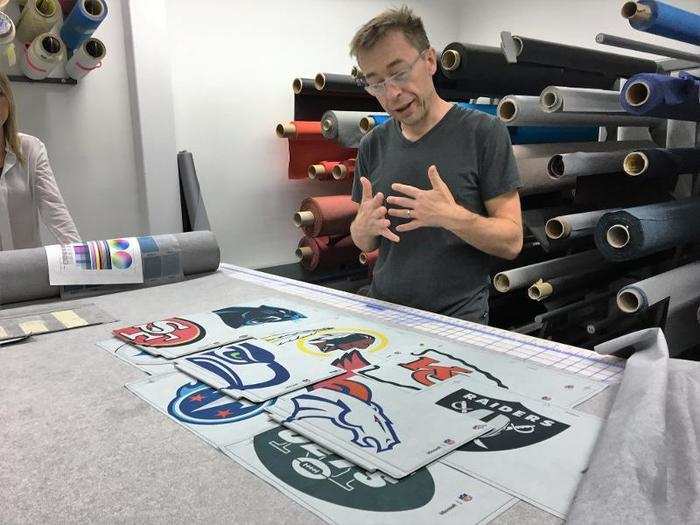
Here, Groene is posing with the prototype NFL-branded Type Covers for the Surface Pro 4. This is before the lacquer and electronics go into them to turn them from real, actual fabric into thin, functional keyboards.
Here's a good example. See, the Surface Book's screen detaches to become a standalone tablet. Neat! Everybody loved the idea, including Microsoft CEO Satya Nadella, says Groene.
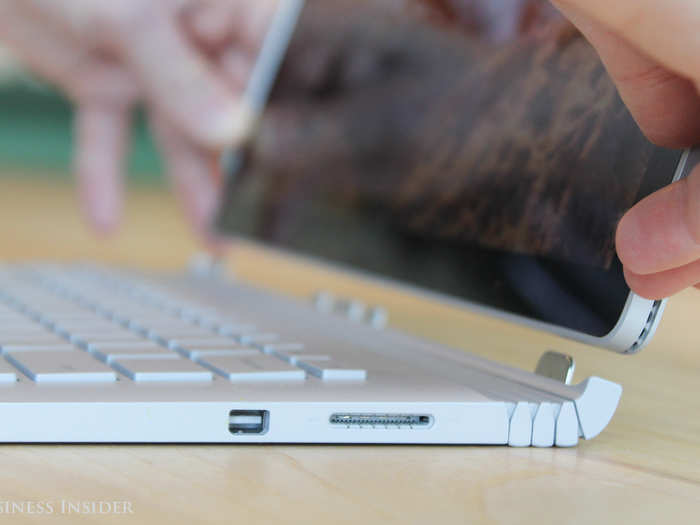
But it presented a unique design challenge. How do you make a latch for the Surface Book keyboard that's strong enough to keep the screen attached even during heavy use, while strong enough so it doesn't totally fall over while you type? It took lots and lots of prototypes, as you can see here.

The answer would be provided by Microsoft Industrial Designer Kait Schoeck. While at the Rhode Island School of Design, she had used something called "muscle wire," limp wire that gets incredibly strong and tough when you run an electric current through it. It had exactly the right "strength to scale ratio," Schoeck explains.
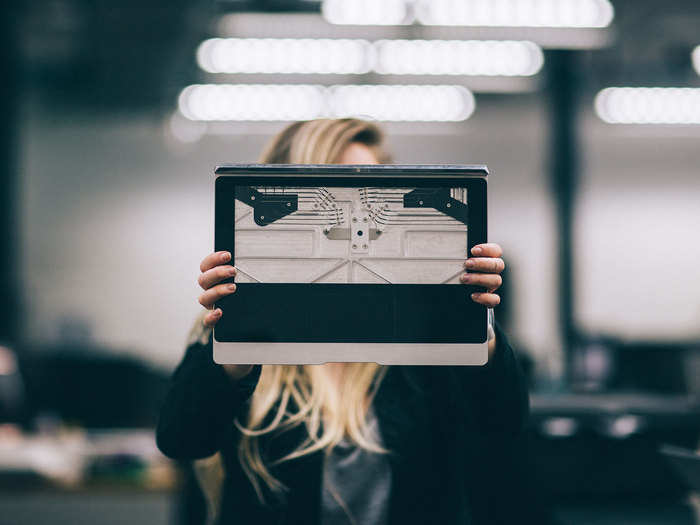
With the muscle wire, Microsoft's hardware team was able to build this super-sized prototype of the Surface Book's latching mechanism. Once they got it exactly right, they were able to shrink it down into what we have today.
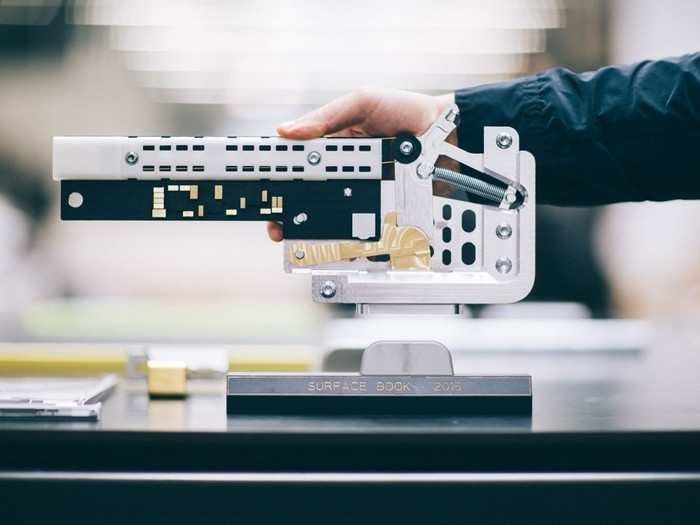
Literally every part of the Surface Book went through this kind of trial-and-error revision process, as Microsoft tried all kinds of hinges, keyboard layouts, and strategies for balancing weight with power.
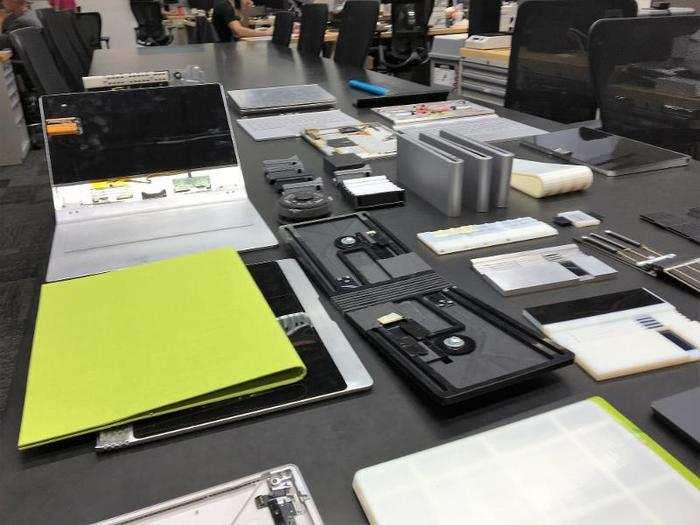
"If you're careful and quiet enough, the product will tell you where it is it wants to go," says Groene on the importance of constantly trying new designs and features.
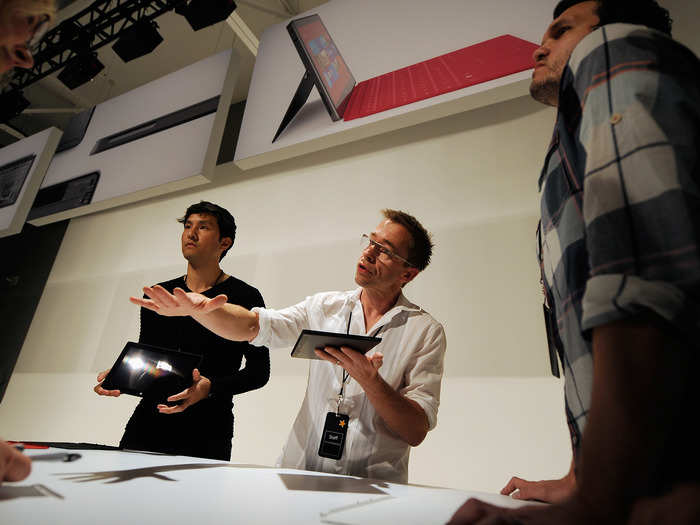
To make those parts, Microsoft employs massive CNC, or "computer numeric control," machines that can cut metal with super-powerful jets of water.
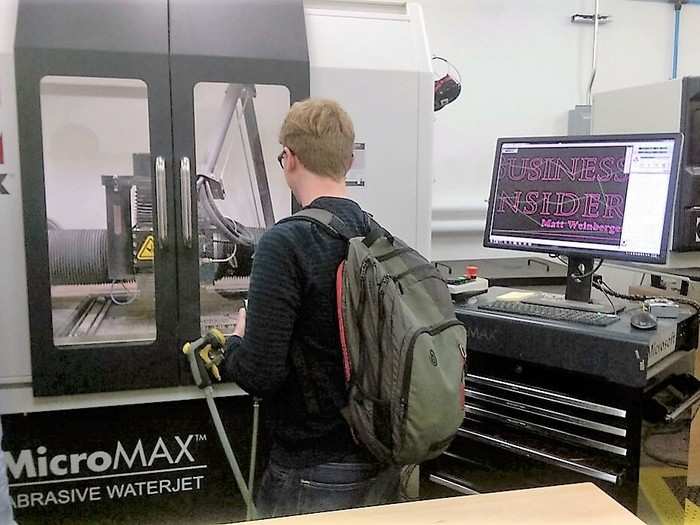
They're meant for stuff like carving out intricately machined pieces that they can use to assemble prototypes. When you can make a new part in just a day or two, it makes it easier to just try everything until you find the right solution.

Every day, the lab makes as many as 50 rapid prototypes. "We get a vision, then we just try and try and try," says Microsoft Devices Senior Director Pete Kyriacou.

...but it also works to make stuff like this, which was cut from steel by a Microsoft engineer as a souvenir. It's a little big for my wallet, or else it'd be my new business card.
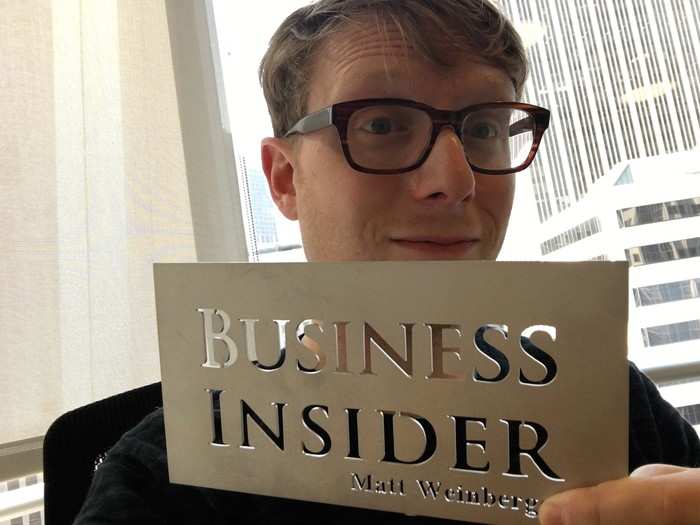
Beyond the heavy metal, Microsoft's hardware engineers do a lot with plastic: Building 87 is home to at least four heavy-duty 3D printers that can print in plastic. Here, they're printing a test run of an Xbox One controller.
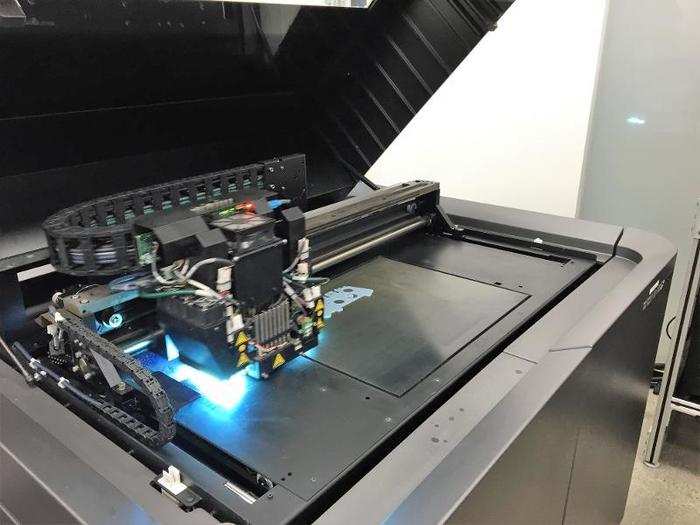
They can try all kinds of color combinations, textures, and material choices for new hardware, in very short order. "Having physical objects in front of you is something we feel strongly about," Kyriacou says.

Plus, if you're trying to test new hardware designs for stuff like latches or clasps, you can make simple prototype proof-of-concepts, too.

Microsoft keeps as much of the hardware team as it can under one roof in Building 87. The same complex that houses those big, industrial machines also houses a lab for experimenting with fabrics, so they can get the Type Covers for the Surface Pro line just right.

The Surface Pro 4's unique fabric-y feel doesn't happen by accident, explains Microsoft's Rachael Bell — originally from the fashion world, she explains her job as bringing fashion and fabric know-how to the Surface Pro line. She says she brought the company's new, premium Alcantara fabric Type Cover to Fashion Week to show it off.

Microsoft moves fast on the science, too. Building 87 holds the Advanced Sciences Lab, where a team led by Distinguished Scientist Stevie Bathiche works on the coolest, most cutting-edge, most top-secret experiments in all of Microsoft.
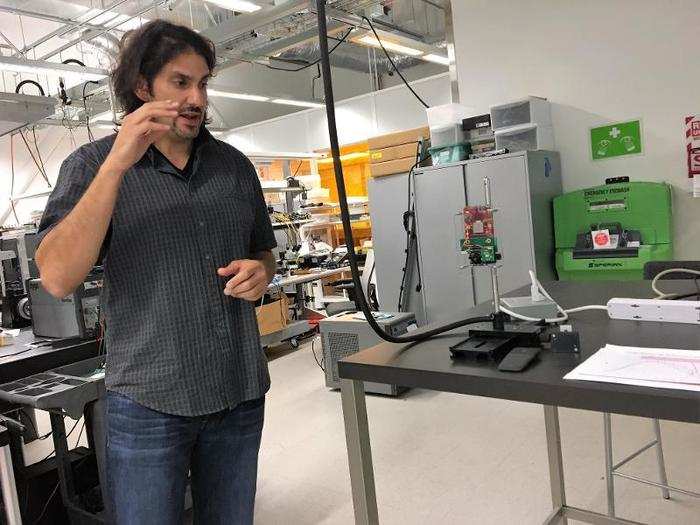
Here, the Applied Sciences Lab uses a spectrograph on a Surface Book to measure the amount of light that's being scattered by the screen's individual pixels. The less light scatter, the easier it is to read on the screen, and the sharper the image.
A lot of science goes into how you hold your gadgets, too. Welcome to the Human Factors Lab, where this sinister-looking apparatus uses dozens of DSLR cameras...
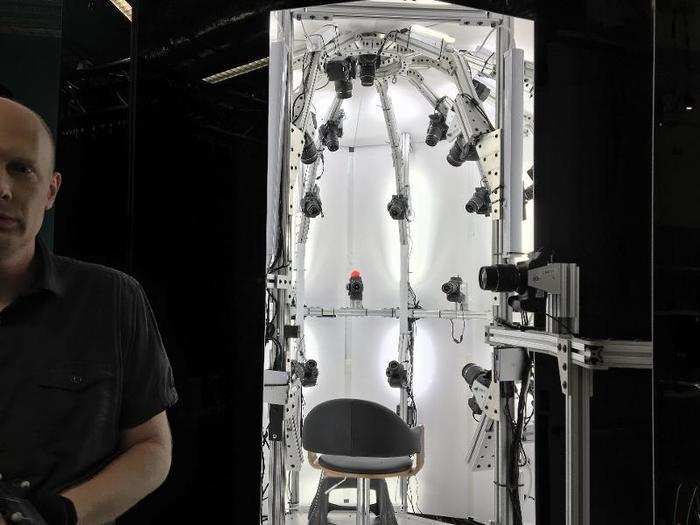
...to take 3D scans of your head...
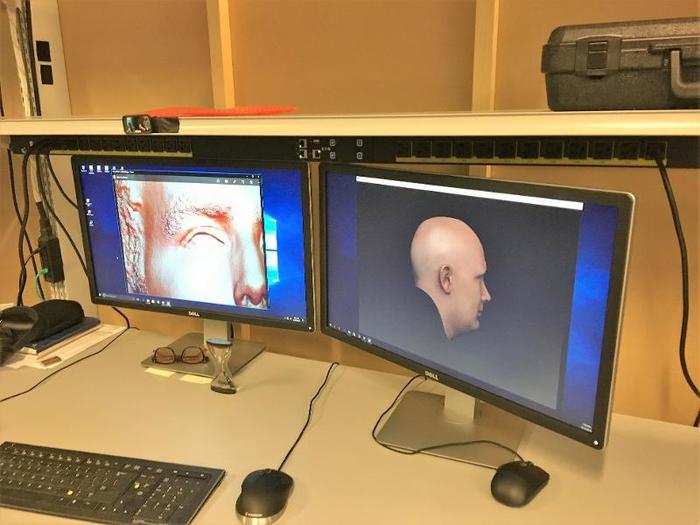
...so they can simulate different head shapes and sizes for stuff like headphones and head-mounted displays like the Microsoft HoloLens. They can measure arms and legs, too.
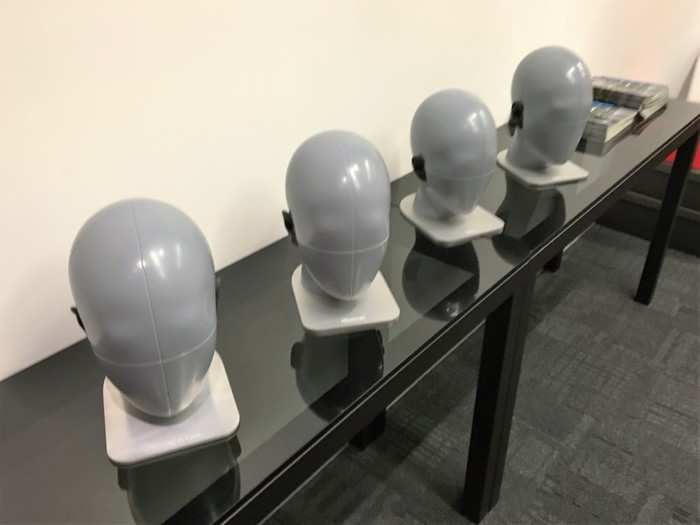
That same lab is home to all kinds of other goodies, like these funky gloves that can measure your hands, so they can see if you're too cramped on the keyboard. That kind of data goes towards making a product that's easy to use for everybody.
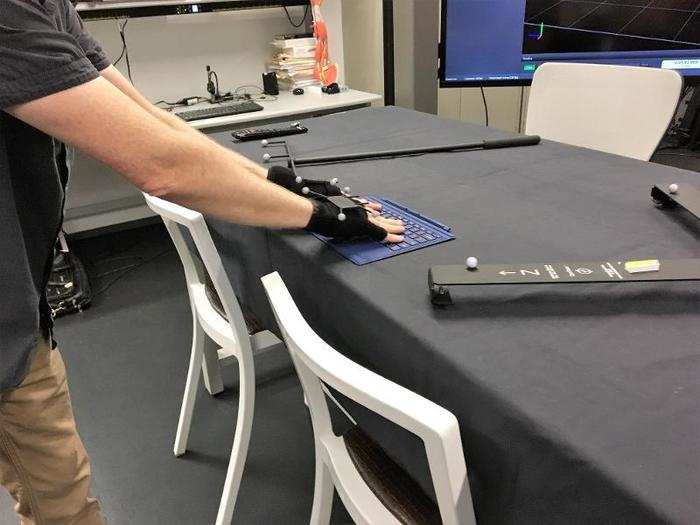
Last, but definitely not least, Building 87 holds what is literally the quietest room in the world. This anechoic chamber goes down to negative 20.3 decibels. "Right at the edge of physics," as Microsoft Principal Engineer Gopal Gopal put it.
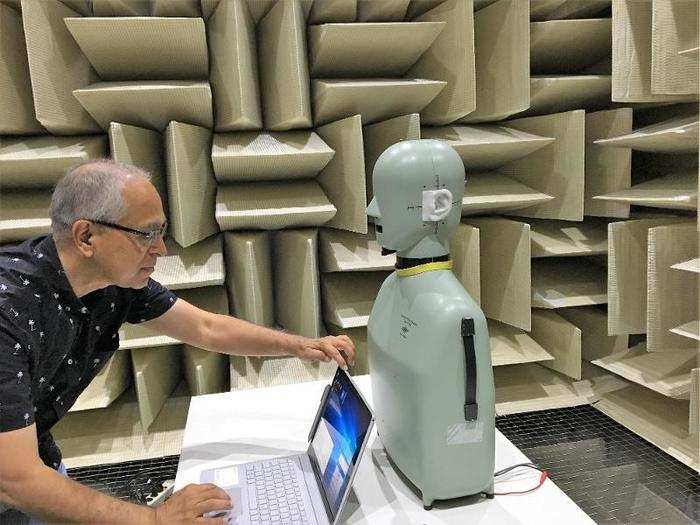
That makes it a perfect testing ground for stuff like Skype Translate, as Gopal explains: Most recording software is optimized to pick up sounds from the Germanic languages, but it's lousy at picking up sounds from, say, South African languages like Zulu, where clicking your tongue is part of communicating. Plus, it's great at fine-tuning the speakers on something like the Surface Book, since you can be 100% sure that the sound of the processor humming isn't interfering with the sound quality.
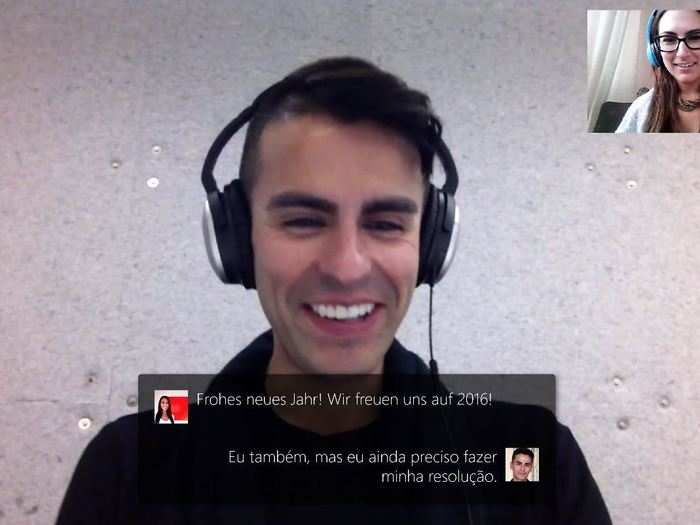
I'm smiling here, but I'm screaming on the inside. The sound doesn't bounce off the specially-constructed walls, so words come out of your mouth and just sort of fall to the floor. If you're silent, you can hear the blood rushing around your head. After five minutes, I was ready to go.
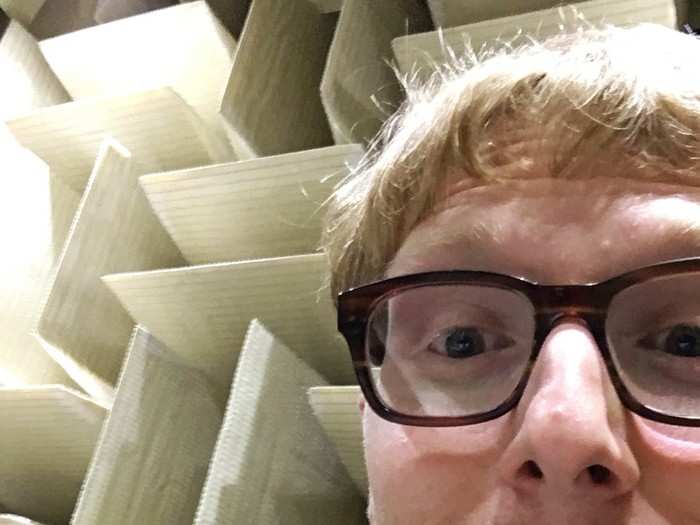
So if you've ever used a Microsoft Surface and wondered how they made something that's so useful...well, it didn't happen overnight.
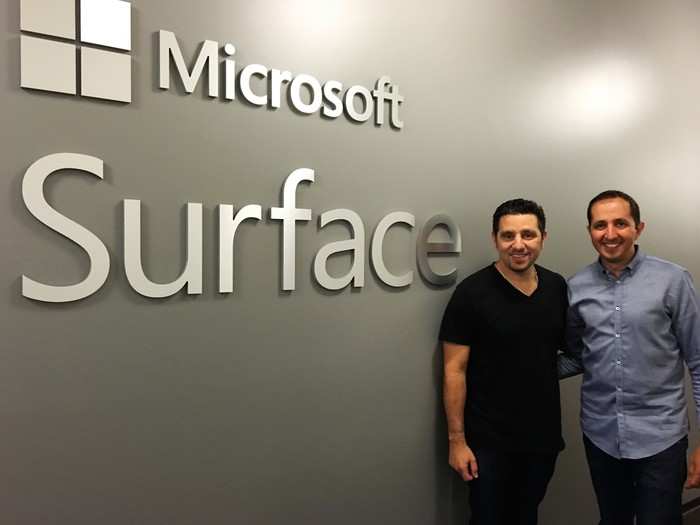
Popular Right Now
Popular Keywords
- India’s wearables market decline
- Vivo V40 Pro vs OnePlus 12R
- Nothing Phone (2a) Plus vs OnePlus Nord 4
- Upcoming smartphones launching in August
- Nothing Phone (2a) review
- Current Location in Google
- Hide Whatsapp Messages
- Phone is hacked or not
- Whatsapp Deleted Messages
- Download photos from Whatsapp
- Instagram Messages
- How to lock facebook profile
- Android 14
- Unfollowed on Instagram
Advertisement